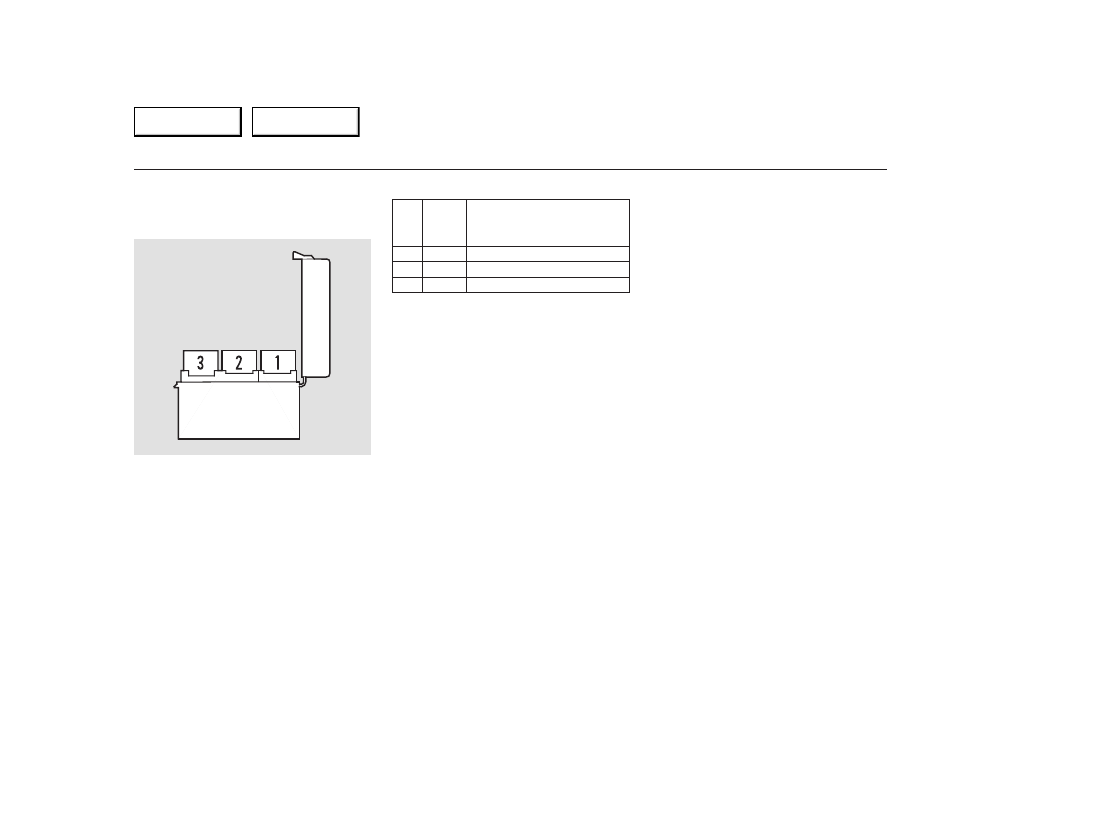Acura CL (2003 year). Manual - part 21

−
No. Amps.
Circuits Protected
1
2
3
20 A
20 A
VSA F/S Relay
VSA Throttle Motor
Not Used
On Type-S with A/T
Fuses
Taking Care of the Unexpected
319
VSA FUSE BOX
Main Menu
Table of Contents
|
|
|

− No. Amps. Circuits Protected 1 2 3 20 A 20 A VSA F/S Relay VSA Throttle Motor Not Used On Type-S with A/T Fuses Taking Care of the Unexpected 319 VSA FUSE BOX Main Menu Table of Contents |